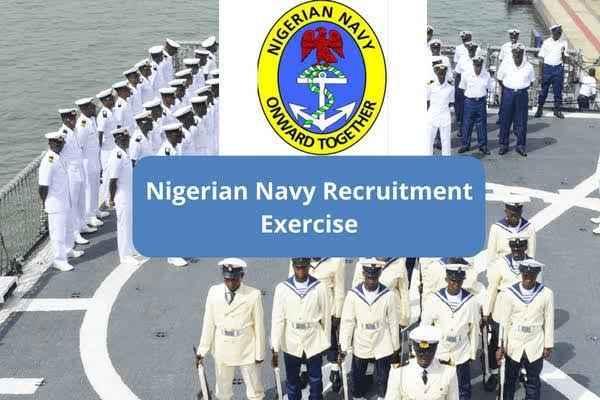Nigeria Air Force Ranks And Symbols

The Nigerian Air Force (NAF) plays a crucial role in safeguarding Nigeria’s airspace, providing aerial support in various military operations, and participating in international peacekeeping missions. Established in 1964, the NAF has grown to become a vital component of Nigeria’s military apparatus, with a structured rank system that defines the hierarchy and responsibilities within the force. Understanding these ranks and their corresponding symbols is essential for anyone interested in the Nigerian military or those aspiring to join the Air Force.
Nigerian Air Force Ranks and Their Structure
The rank structure of the Nigerian Air Force is divided into two main categories: commissioned officers and non-commissioned officers (NCOs). Each rank comes with distinct insignia and responsibilities, reflecting the level of authority and experience of the personnel.
Commissioned Officers
Commissioned officers are those who have received their commissions from the President of Nigeria after undergoing rigorous training at the Nigerian Defence Academy (NDA), the Short Service Commission (SSC), or the Direct Short Service Commission (DSSC). These officers are typically university graduates and hold leadership positions within the Air Force.
-
Pilot Officer: This is the entry-level rank for commissioned officers. The insignia is a single thin stripe on the shoulder.
-
Flying Officer: The next step up, marked by a thin stripe and a thicker one below it.
-
Flight Lieutenant: Recognized by two thick stripes on the shoulder, this rank signifies a higher level of experience and responsibility.
-
Squadron Leader: With three thick stripes, this officer typically commands a squadron within the NAF.
-
Wing Commander: Identified by four thick stripes, Wing Commanders oversee several squadrons or serve in senior staff positions.
-
Group Captain: This rank is similar to a Colonel in the Army, marked by a thin stripe, two thick stripes, and another thin stripe. Group Captains often hold senior operational or administrative roles.
-
Air Commodore: The insignia includes a thick stripe, a thin stripe, and another thick stripe with an eagle above it. Air Commodores often lead large wings or serve as senior staff officers.
-
Air Vice-Marshal: Distinguished by two thick stripes and one thin stripe with an eagle and star, this rank is equivalent to a Major General in the Army.
-
Air Marshal: Three thick stripes and a star signify this high-ranking officer, equivalent to a Lieutenant General.
-
Air Chief Marshal: Four thick stripes with an eagle and star, this is the second-highest rank in the NAF.
-
Marshal of the Nigerian Air Force: This is the highest rank, rarely awarded, signifying the pinnacle of a military career.
Non-Commissioned Officers
NCOs are the backbone of the NAF, responsible for executing orders and maintaining discipline within the ranks. Their career progression typically starts from basic training and moves through various technical and supervisory roles.
-
Aircraftman/Woman: The entry-level rank for NCOs, symbolized by a single propeller insignia.
-
Lance Corporal: Marked by two chevrons, this rank signifies a junior supervisor.
-
Corporal: Identified by three chevrons, a Corporal has more experience and takes on greater responsibilities.
-
Sergeant: A senior NCO rank, signified by three chevrons and a propeller below them.
-
Flight Sergeant: A higher NCO rank, marked by three chevrons with a propeller and crown above them.
-
Warrant Officer: This rank is symbolized by a crown and is one of the most senior NCO positions, often involving administrative and supervisory duties.
-
Master Warrant Officer: Signified by an eagle with two stars, this rank is just below the Air Warrant Officer, representing the pinnacle of an NCO's career.
-
Air Warrant Officer: The highest NCO rank, identified by an eagle with a wreath. This position is crucial for maintaining discipline and order within the NAF.
Significance of Symbols and Insignia
The symbols and insignia worn by NAF personnel are more than mere decorations; they signify rank, authority, and experience. For example, the number of stripes on an officer’s shoulder or the chevrons worn by NCOs are visual cues that denote their place within the military hierarchy. These symbols are essential for maintaining order, discipline, and respect within the force.
Conclusion
The rank structure of the Nigerian Air Force is a reflection of its organizational discipline and the responsibilities entrusted to each member. From the entry-level Aircraftman/Woman to the prestigious Marshal of the Nigerian Air Force, each rank plays a vital role in ensuring the operational effectiveness of the NAF. Understanding these ranks and their corresponding symbols not only fosters respect for the service members but also provides insight into the structured nature of military service in Nigeria. As the NAF continues to grow and evolve, these ranks will remain integral to its mission of defending Nigeria's airspace and contributing to global peacekeeping efforts.






